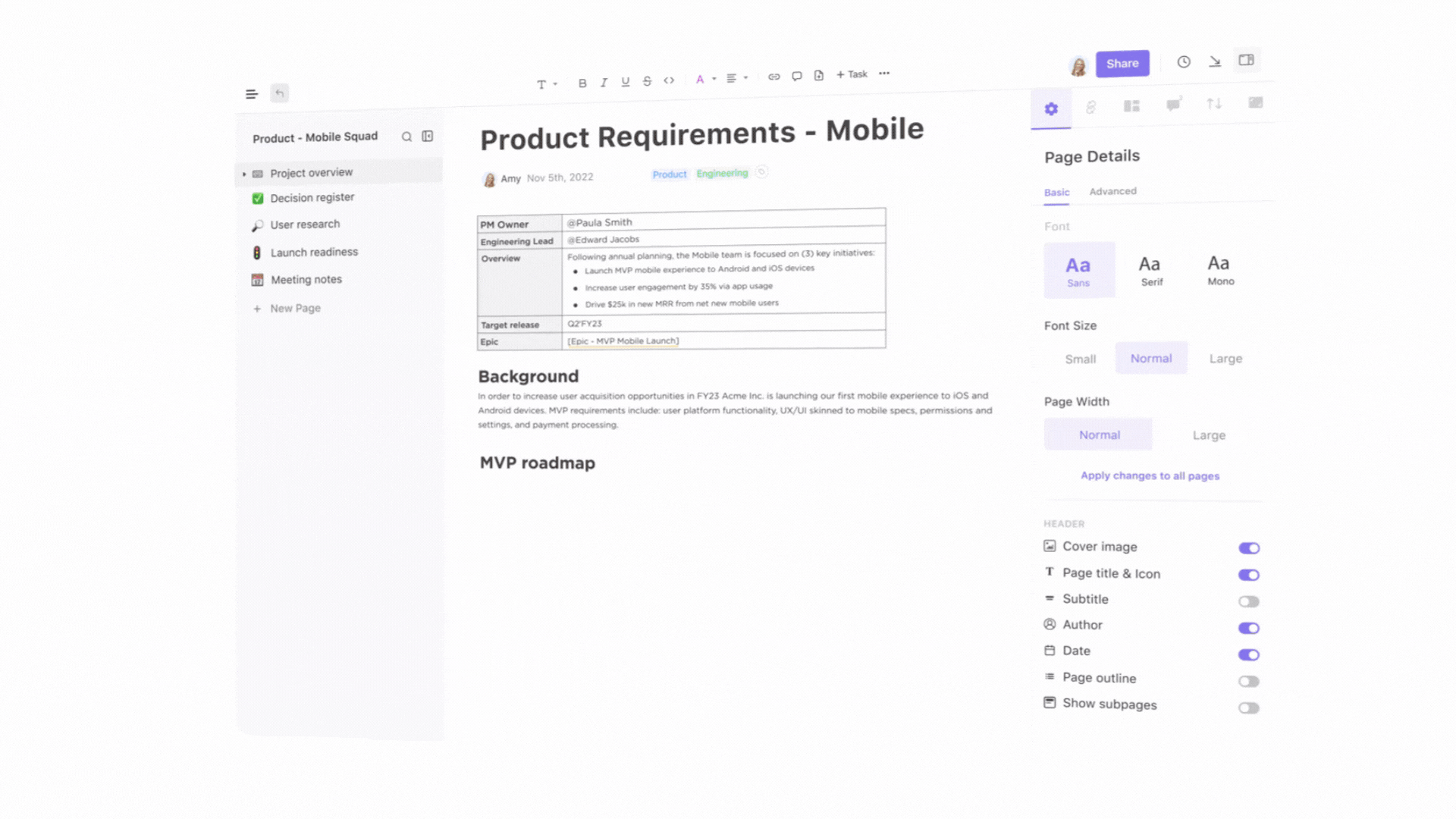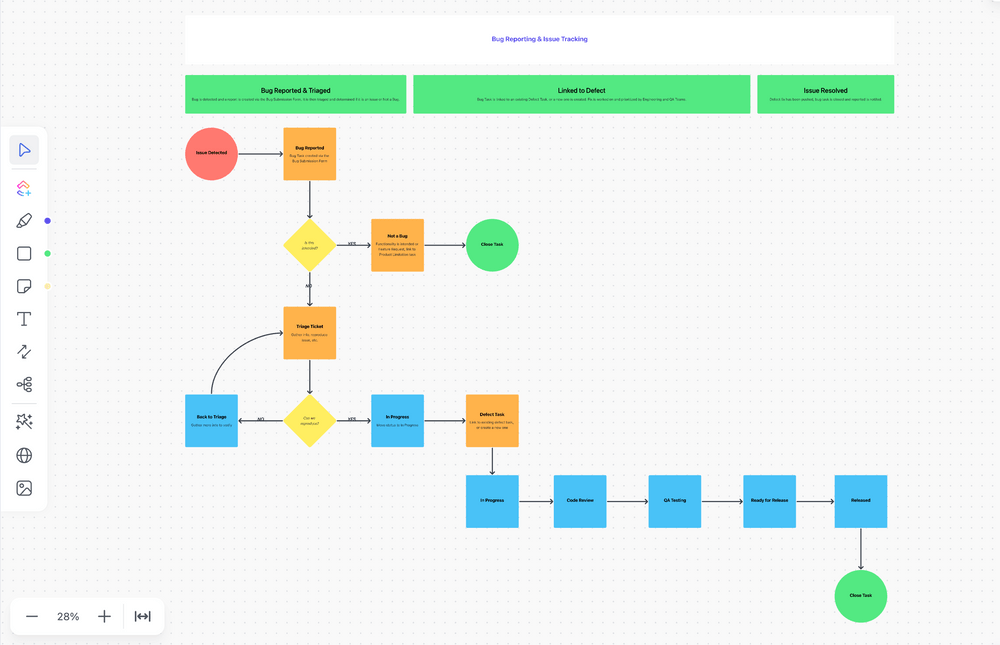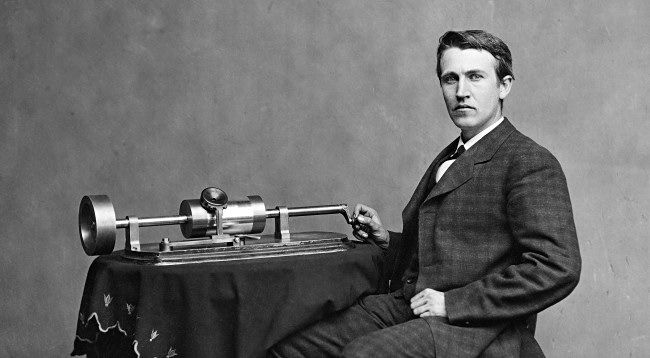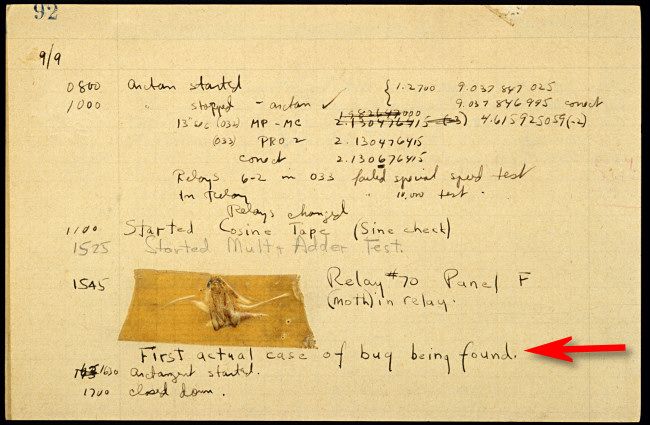 |
| Doppler spectrum and its decomposition results at 1900 km in data 3. (a) Doppler spectrum. (b) Decomposition of Doppler spectrum. |
Beyond the Horizon: Breakthrough in Modeling Ionospheric Effects on Radar Systems
New Research Tackles Challenges of Ionospheric Distortion in Over-The-Horizon Radar Systems
Scientists have made significant progress in understanding and modeling how the ionosphere affects over-the-horizon radar (OTHR) systems, according to groundbreaking research published in IEEE Transactions on Geoscience and Remote Sensing.
Over-the-horizon radar utilizes ionospheric refraction and reflection in the high-frequency (HF) band to detect air and sea targets at distances of 800-3000 km. However, nonstationary ionospheric dynamics create inhomogeneous distortions in sea clutter and targets, significantly degrading detection and localization performance.
The study, led by Z. Chen and colleagues, represents a major advance in OTHR technology by developing a comprehensive full-link model that accounts for various trans-ionospheric propagation effects on radar echo signals.
The researchers established models for radar cross section (RCS) of sea clutter and ionospheric propagation effects, calculating key parameters including wave propagation range, actual range, group delay, phase disturbance, and propagation loss based on the Appleton-Hartree formula and ray tracing technique.
"This research is significant because previous models failed to fully account for how nonstationary ionospheric dynamics affect radar performance," said Dr. Elena Martinez, a radar systems expert not involved in the study. "By integrating comprehensive ionospheric modeling with sea clutter analysis, the researchers have created a more accurate picture of what's happening in these complex systems."
Explaining Complex Phenomena
One of the study's key contributions is explaining previously misunderstood radar phenomena. The research team constructed echo signal models in fast- and slow-time domains and derived the corresponding range-Doppler (RD) spectrum, allowing them to analyze the origin mechanism and intrinsic cause of Doppler shifting, broadening, and splitting, as well as range localization errors.
The team's simulation experiments reproduced phenomena observed in real data, confirming the model's effectiveness. Their results indicate that multimode propagation is the main obstacle to range localization and ionospheric decontamination.
Growing International Interest in OTHR
This research comes amid renewed global interest in OTHR technology. In March 2024, researchers from Cornell University and Johns Hopkins University proposed an integrated system-of-systems architecture combining over-the-horizon radar with global ionospheric situational awareness to maximize detection precision and characterization in support of tactical operations.
Additionally, DARPA recently announced a program to develop better test instrumentation for OTHR systems. Their Transponders for Ionospheric Measurement (TIM) program seeks to create "distributable channel sounding and test instrumentation that will measure and respond to HF radio waves" with the goal of developing instrumentation suitable for HF surface-wave and sky-wave over-the-horizon radar.
China has also made significant strides in OTHR technology. In 2023, researchers demonstrated extremely long-range observations of ionospheric irregularities using a Low Latitude long Range Ionospheric Radar (LARID) installed at Dongfang, Hainan Island. The system successfully detected equatorial plasma bubbles at ranges as far as 9,500 km.
Military applications are driving much of the research. The U.S. Air Force is reviving OTHR technology to detect cruise missiles, with plans to build four OTH radars for North American Aerospace Defense Command/U.S. Northern Command (NORAD/NORTHCOM).
Technical Challenges and Solutions
Modeling the ionosphere accurately remains one of the biggest challenges for OTHR systems. The paper by Chen et al. tackles this by combining multiple data sources.
The researchers used the International Reference Ionosphere (IRI-2020) model corrected by vertical total electron content (VTEC) data from GNSS observations to provide higher precision spatiotemporal 4-D electron density data. They incorporated the full Appleton-Hartree formulation, which accounts for the geomagnetic field and electron collision frequency, to achieve higher precision for trans-ionospheric ray tracing.
This approach aligns with recent trends in ionospheric research. A recent paper on ionospheric variance models notes that climatological models like the International Reference Ionosphere have historically only considered monthly median performance, but newer models now include monthly ionospheric variance to better account for variability.
Similarly, a 2020 study proposed creating a system of remote positions with ionosondes for vertical and inclined sensing to adjust global ionosphere models and improve radar accuracy for determining air target coordinates.
Market Growth
These technological advancements are driving market growth. According to recent market research, the global over-the-horizon radar market is projected to reach billions of dollars by 2030, growing at a significant compound annual growth rate from 2024 to 2030. The growth is attributed to increasing demand from both military and commercial sectors.
New technologies are enabling smaller, more portable OTHR systems that can be deployed in remote locations, expanding potential applications beyond traditional military uses.
Future Directions
Looking ahead, Chen and colleagues outline several promising directions for future research:
They suggest that multimode decomposition through ionospheric parameter measurement and estimation methods could address multimode propagation effects on range localization and correct sea clutter Doppler broadening and splitting. They also propose using narrow or multiple beams at elevation angle to reduce multimode propagation effects when ionospheric parameters are unknown.
The researchers conclude that multicomponent phase decontamination methods will be necessary to address sea clutter Doppler broadening, which will improve the minimum detectable speed of targets.
Their next research phase will focus on target echo signals under trans-ionospheric multipath propagation effects and spread Doppler sea clutter under trans-ionospheric multihop propagation effects and ionospheric irregularities.
As OTHR technology continues to evolve, the work by Chen and colleagues provides a solid foundation for improving these systems' accuracy and reliability, with potential applications ranging from military surveillance to maritime safety and border security.
Sources:
-
Chen, Z., Ji, Y., Zhang, Y., Dong, Z., Tang, F., Liu, W., Chen, A., Xiong, C., Ou, M., & Song, J. (2025). Skywave OTHR Full-Link Modeling and Simulation Part I: Sea Clutter. IEEE Transactions on Geoscience and Remote Sensing, 63, 1-22. https://doi.org/10.1109/TGRS.2025.3559010
-
Boschetti, N., & Nikas, I. (2024). A Global Ionosphere Situational Awareness Architecture for Over the Horizon Radar Operations. ResearchGate. https://www.researchgate.net/publication/378962448_A_Global_Ionosphere_Situational_Awareness_Architecture_for_Over_the_Horizon_Radar_Operations
-
Military & Aerospace Electronics. (2024). DARPA to brief industry this week on HF radio waves ionospheric test instruments for over-the-horizon radar. https://www.militaryaerospace.com/rf-analog/article/14309497/radar-over-the-horizon-hf-radio-waves
-
Hu, Y., et al. (2024). Extremely Long‐Range Observations of Ionospheric Irregularities in a Large Longitude Zone From Pacific to Africa Using a Low Latitude Over‐The‐Horizon Radar in China. Geophysical Research Letters. https://agupubs.onlinelibrary.wiley.com/doi/full/10.1029/2024GL109579
-
IEEE Xplore. (2024). Ionospheric Variance Models: Impacts on Over-the-Horizon Radar Performance Prediction. https://ieeexplore.ieee.org/document/10371083
-
Litvinov, S. (2020). Over-the-horizon detection radar ionosphere support system. ResearchGate. https://www.researchgate.net/publication/345195512_Over-the-horizon_detection_radar_ionosphere_support_system
-
Air & Space Forces Magazine. (2023). How the Ionosphere Can Help NORAD Detect Cruise Missiles Faster. https://www.airandspaceforces.com/norad-over-the-horizon-radar/
-
Mobility Foresights. (2024). Global Over The Horizon Radar Market 2024-2030. https://mobilityforesights.com/product/over-the-horizon-radar-market/
Z. Chen et al., "Skywave OTHR Full-Link Modeling and Simulation—Part I: Trans-Ionospheric Sea Clutter," in IEEE Transactions on Geoscience and Remote Sensing, vol. 63, pp. 1-22, 2025, Art no. 5103522, doi: 10.1109/TGRS.2025.3559010.
Abstract: Over-the-horizon radar (OTHR) utilizes the ionospheric refraction and reflection in high-frequency (HF) band for air-sea targets detection. However, nonstationary ionospheric dynamics induce inhomogeneous distortions in sea clutter and targets, significantly degrading detection and localization performance. To address this challenge, we present a comprehensive investigation on OTHR full-link modeling and simulation to systematically analyze the impact of various trans-ionospheric propagation effects on echo signals. In Part I, we develop a unified framework for full-link modeling of sea clutter that incorporate background ionospheric and oceanic conditions, enabling simulation and analysis of sea clutter characteristics. First, we establish the models for radar cross section (RCS) of sea clutter and ionospheric propagation effects. Key parameters, including the wave propagation range, actual range, group delay, phase disturbance, and propagation loss, are calculated based on the Appleton-Hartree formula and ray tracing technique. Second, we construct the echo signal models in the fast- and slow-time domain and derive the corresponding range-Doppler (RD) spectrum. The origin mechanism and intrinsic cause of Doppler shifting, broadening, and splitting, as well as range localization errors are theoretically analyzed. Finally, simulation experiments of three scenarios are designed to produce OTHR sea clutter data in sea and air modes, which are validated in comparison with the real data. The typical phenomena of Doppler shifting, broadening, and splitting observed in real data are reproduced, and the results indicate that the multimode propagation is the main obstacle to range localization and ionospheric decontamination. The full-link sea clutter model provides critical insights for the subsequent signal processing tasks including ionospheric decontamination, clutter suppression, target detection, and localization.
keywords: {Clutter;Ionosphere;Radar cross-sections;Radar;Doppler effect;Temperature measurement;Electrons;Plasma temperature;Ocean temperature;Location awareness;Full-link modeling;ionosphere;over-the-horizon radar (OTHR);sea clutter;simulation},
URL: https://ieeexplore.ieee.org/stamp/stamp.jsp?tp=&arnumber=10960720&isnumber=10807682


















